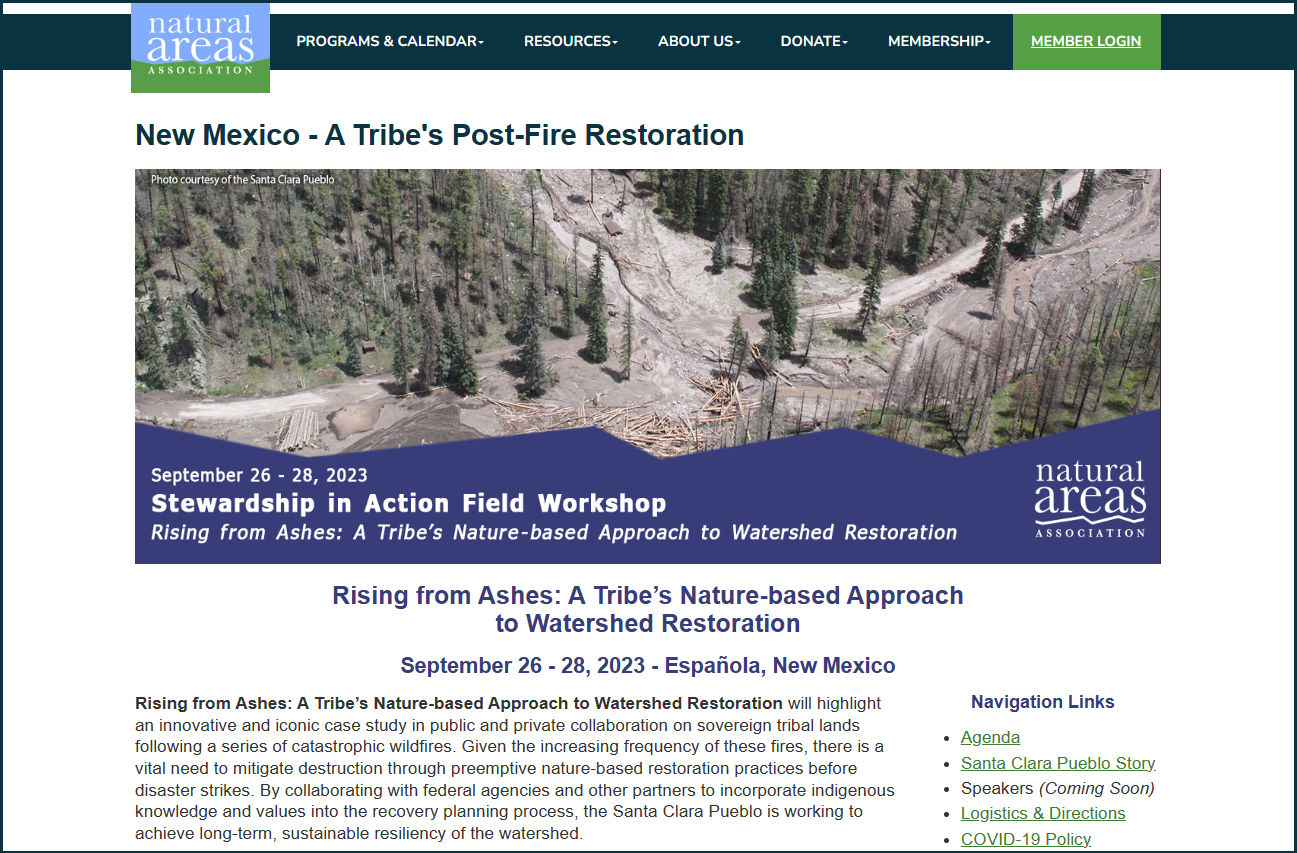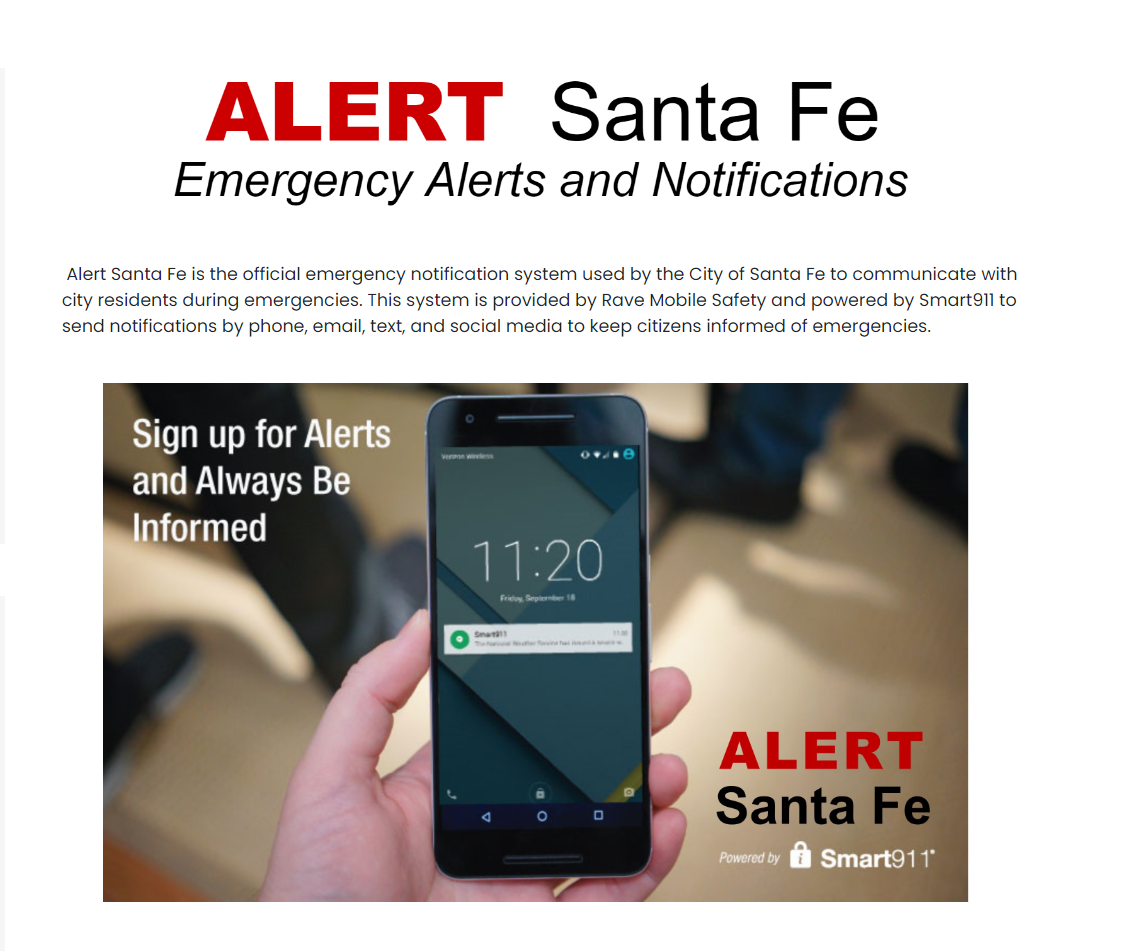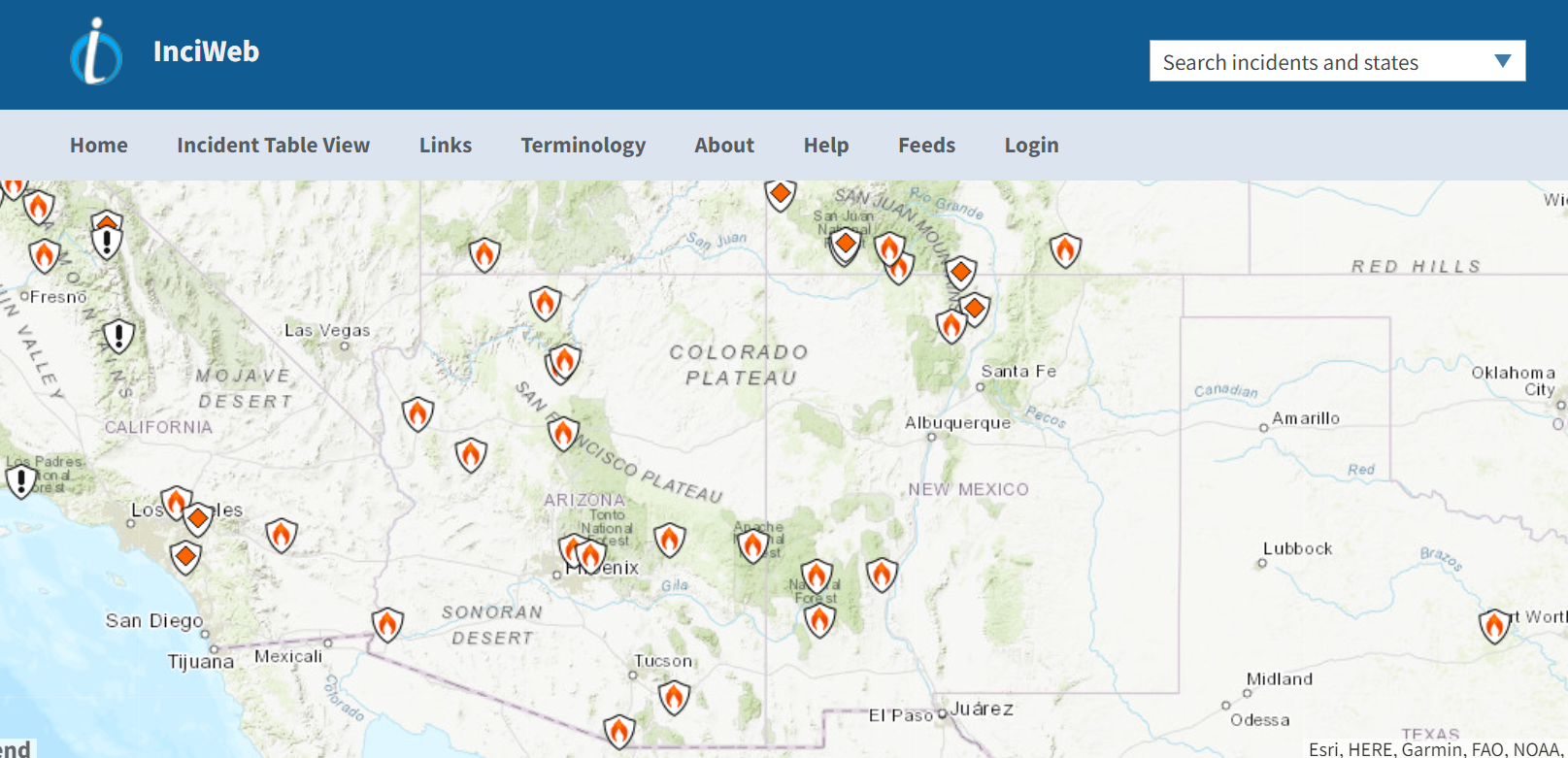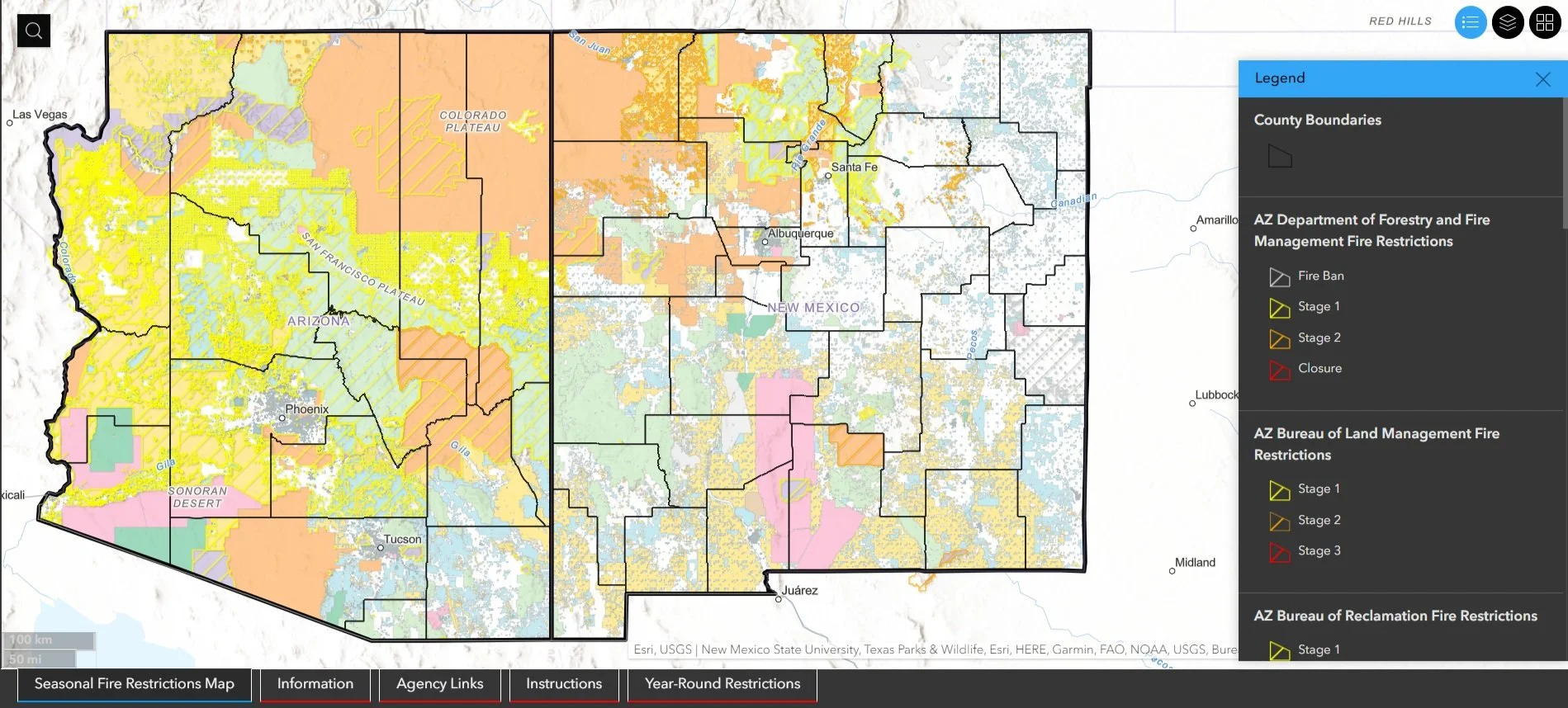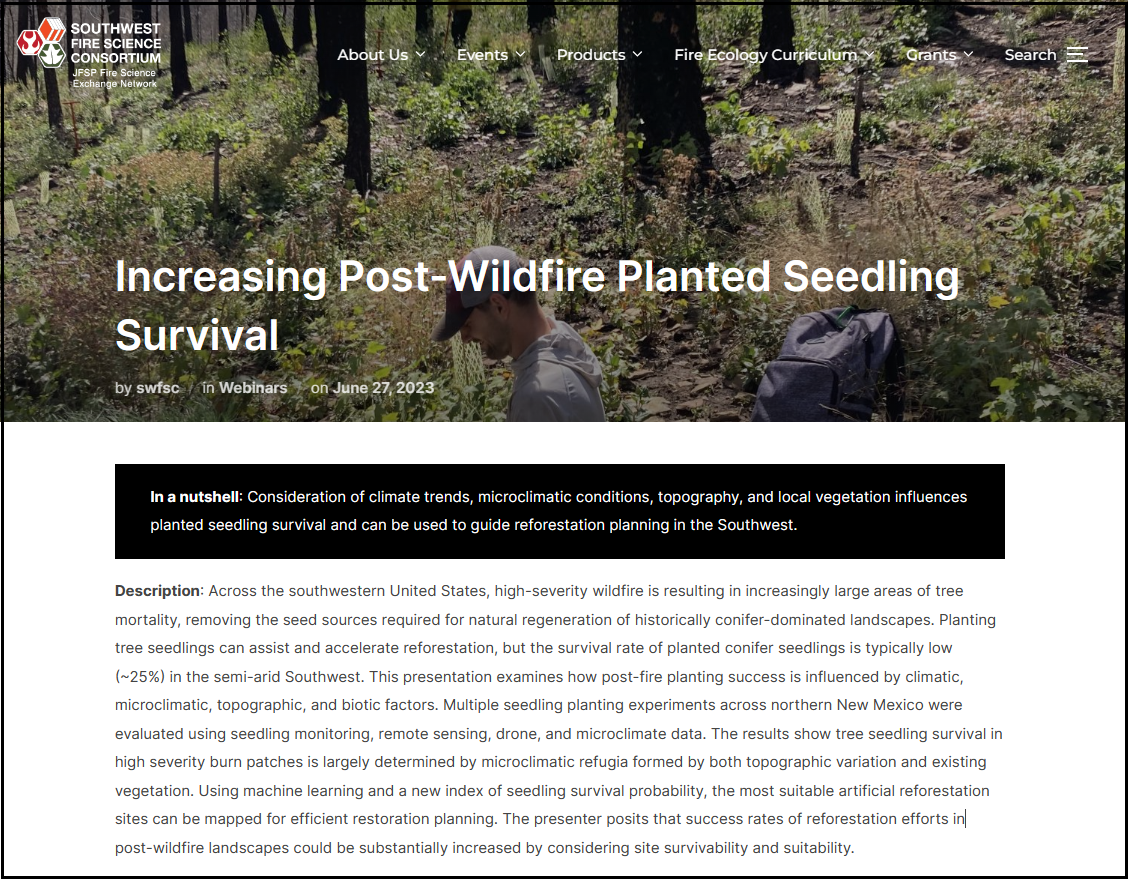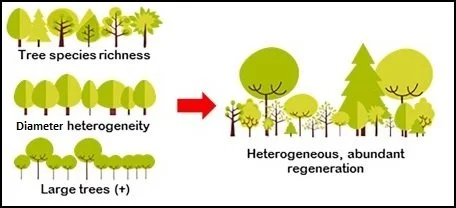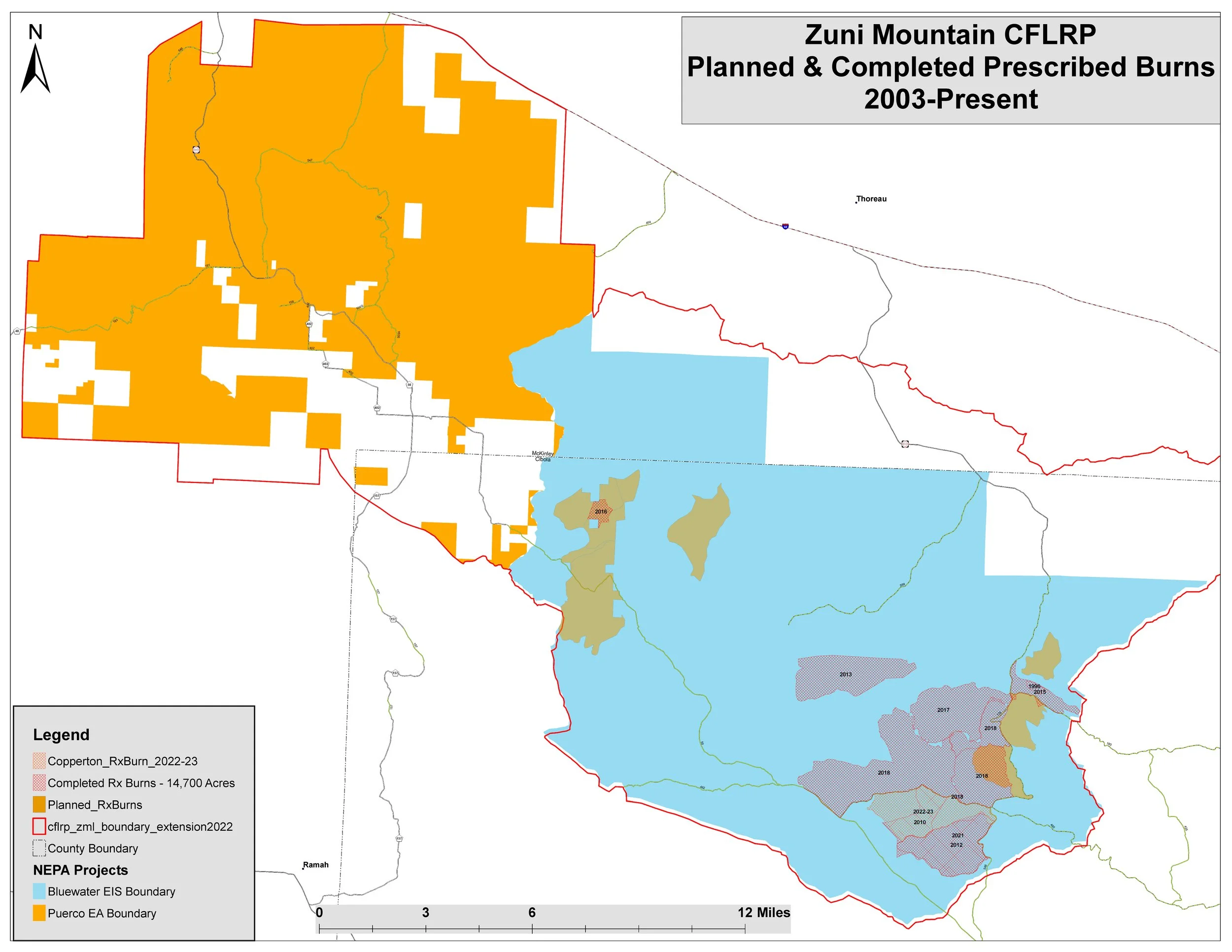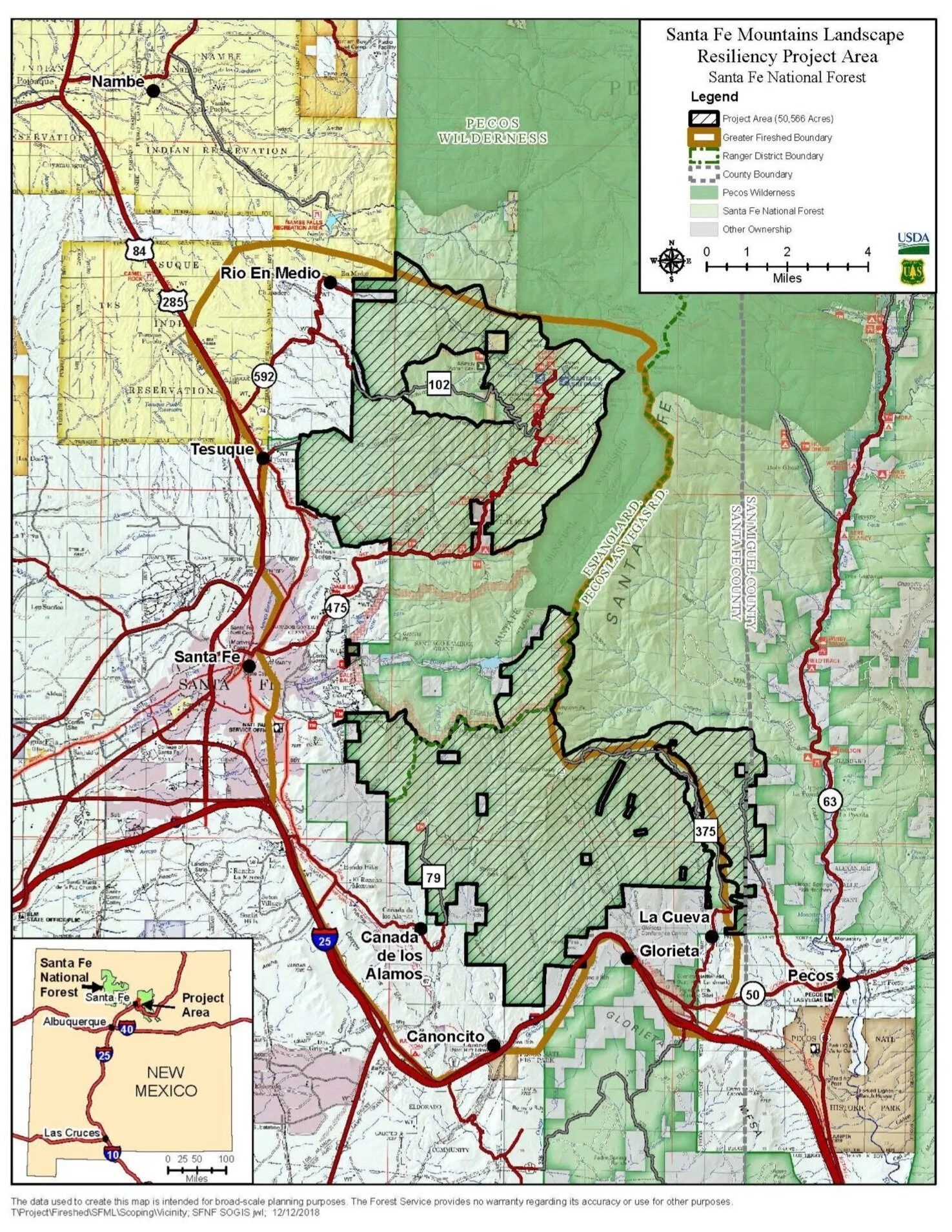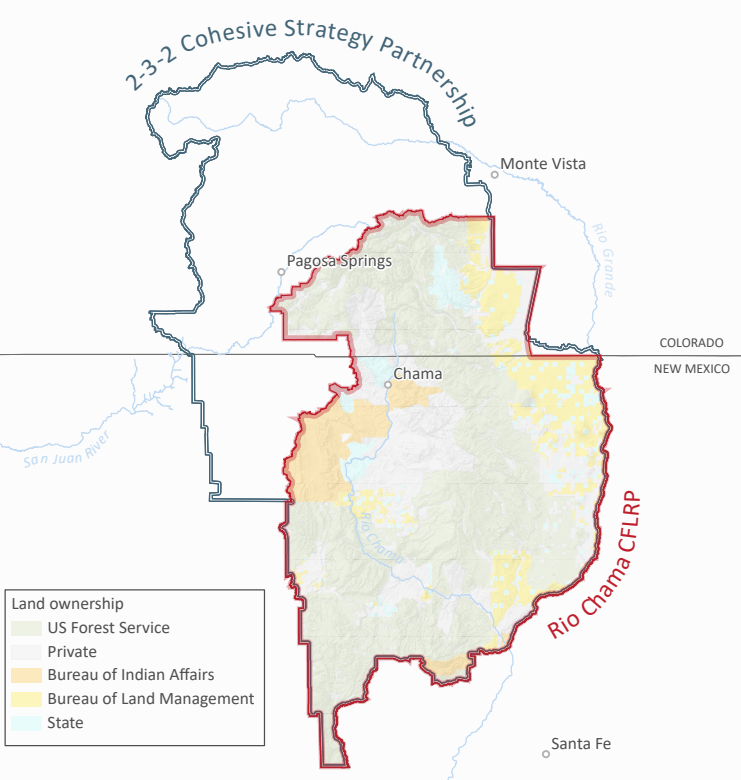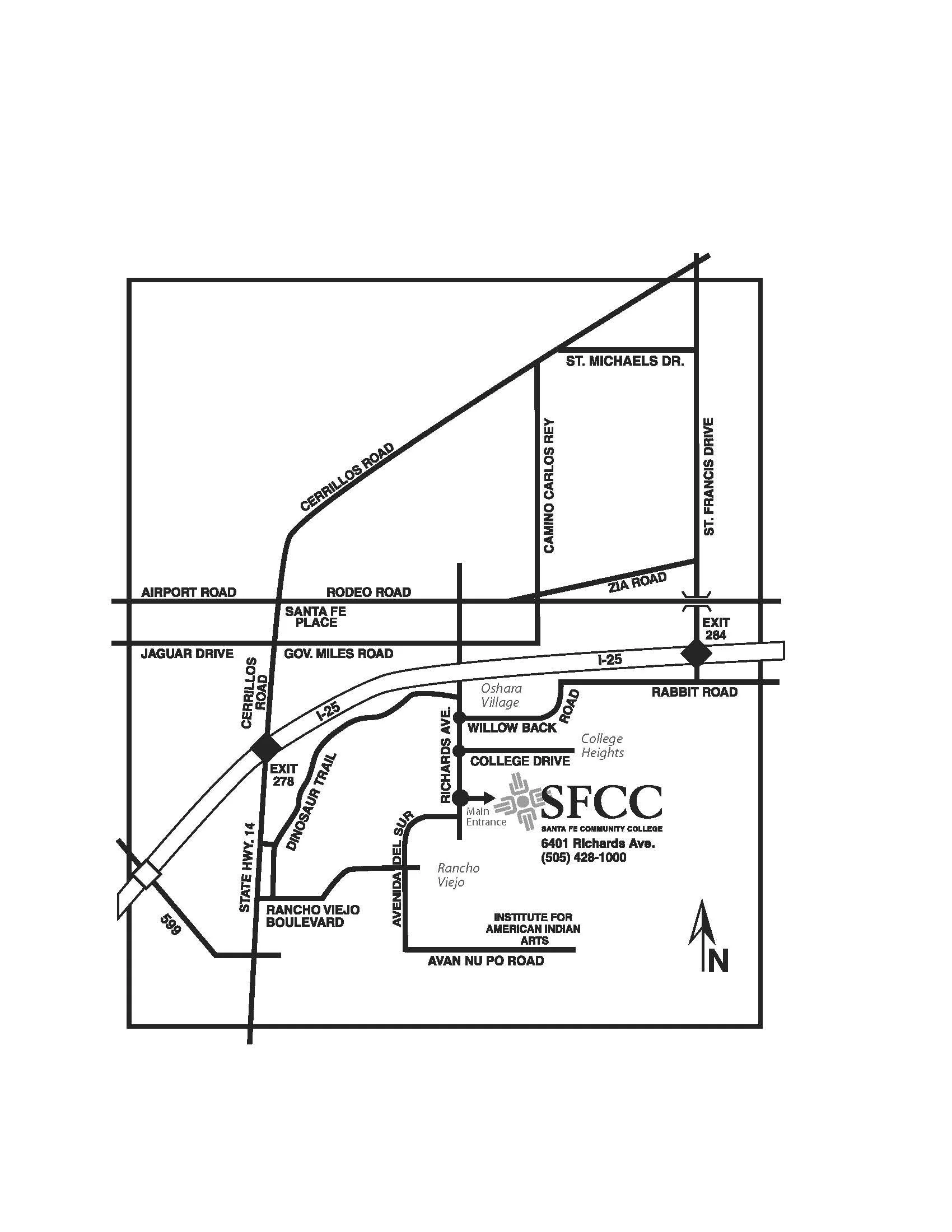The Natural Areas Association (NAA) is hosting a Stewardship in Action Field Workshop in Espanola, New Mexico on the lands of the Santa Clara Pueblo, September 26 - 28, 2023. Rising from Ashes: A Tribe’s Nature-based Approach to Watershed Restoration will highlight an innovative and iconic case study in public and private collaboration on sovereign tribal lands following a series of catastrophic wildfires. By collaborating with federal agencies and other partners to incorporate indigenous knowledge and values into the recovery planning process, the Santa Clara Pueblo is working to achieve long-term, sustainable resiliency of the watershed. Learn more about the tribe’s journey.
The purpose of this Stewardship in Action Field Workshop is to share what was learned by the Santa Clara Pueblo and their many partners and to engage land and water management practitioners from tribal nations, federal and state agencies, and nonprofit organizations from around the continent to exchange information and leverage success to benefit local communities.
The agenda features both indoor presentations and field experiences. Sessions will explore:
public and private collaboration on sovereign tribal lands,
process-based restoration and watershed resilience,
forestry and fire management,
sediment stabilization,
native plant restoration,
indigenous knowledge,
nature-based solutions, and
preparing for future climate impacts by working together.
NAA’s field workshops are small by design to provide ample opportunity for peer-to-peer sharing. While the experience will be “priceless,” registration for this three-day workshop, including transportation to field sites, breakfast & lunch each day, a networking reception, and supplemental resources, is $329 per person. Visit the webpage to view the agenda and event details. Scholarships are available.
Participation is first come, first served - and capacity is limited. Interested participants should register or email mmcgintyklos@naturalareas.org to express interest and temporarily reserve a spot.



